It might not seem that an essential step in constructing a church building would be to plant some trees. But when Ōhaupō, New Zealand dairy farmer Barry Cox decided he wanted to build a church building, that is exactly where he began.
Cox, a self-proclaimed tree-lover, owned a business called TreeLocations, which moves mature trees from one location to another. As he told one interviewer, "People know how much I love trees, so they call me when there are trees that would otherwise be cut-down or removed. I go and kind of rescue them."
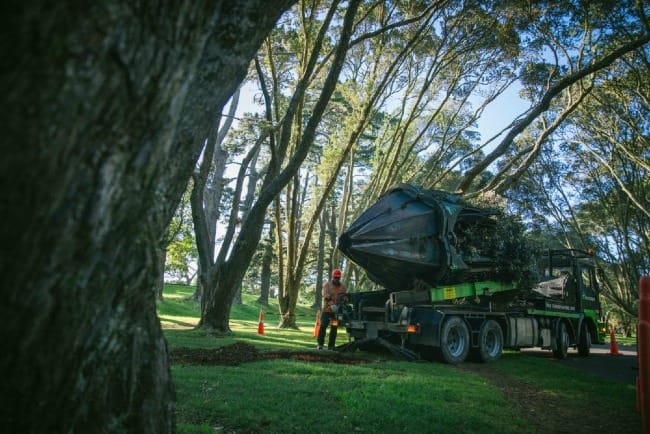
His method of moving large trees (up to 19.5 feet or six meters tall) involves using a machine that resembles a huge apple corer called a tree spade. According to Cox, when you move a tree by spading, its chances of survival are over 90%, in contrast to balled and burlapped trees, which have a 50-50 chance of survival. Mounted on the back of a truck, the spade digs down and under the tree, cleanly scooping up the entire plant, including the large root ball and the surrounding dirt. This keeps its roots intact and provides hydration while it is relocated, thus creating less stress on the tree.
After buying the property on which the tree moving company was located, Cox started designing a garden space intended as a personal retreat. One day he realized that there was a missing piece to the overall plan. That missing piece was a church building.
His religious faith and his love for nature had led him to travel around New Zealand, Europe, and the United States, motorbiking down streets, exploring church architecture and admiring and studying the dimensions, the structure, the wooden steeples, the archways, and the combination of elements that make church spaces beautiful and conducive to quiet contemplation.
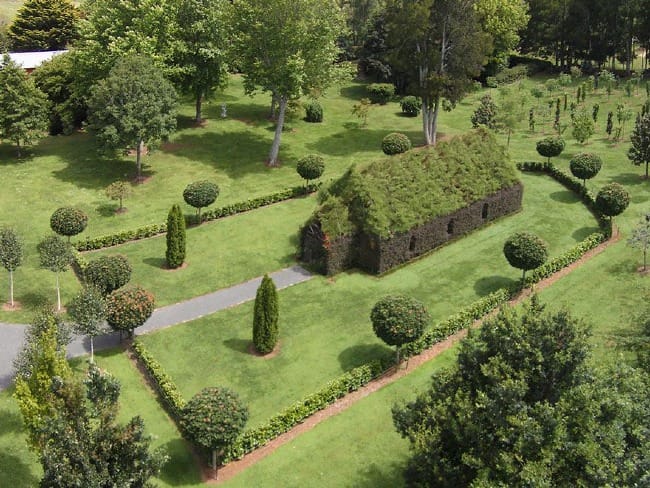
When he became inspired to build his own church building, he drew on those experiences and combined it with the trees he loved, as well as the skills, knowledge, and tools he possessed from his tree relocation business. This led to a serendipitous combination of elements that went into creating the Tree Church of New Zealand.
The building material was already being planted on his dairy farm—4000 living, growing trees he had planted there. He found nearby three acres of flat property, with Mount Pirongia in the background, where the climate, location, and soil were ideal for specimen trees, and cleared the land to begin his creation.
Although he planned to use an unconventional form of building material, he wanted to incorporate the height, width, and dimensions of the beautiful church spaces he had been admiring for years. Cox said in 2015, "I cleared the area in April 2011 and made the iron frame, drawing on all the research I had done over the years of studying churches. I wanted the roof and the walls to be distinctly different, to highlight the proportions, just like masonry churches," he says.
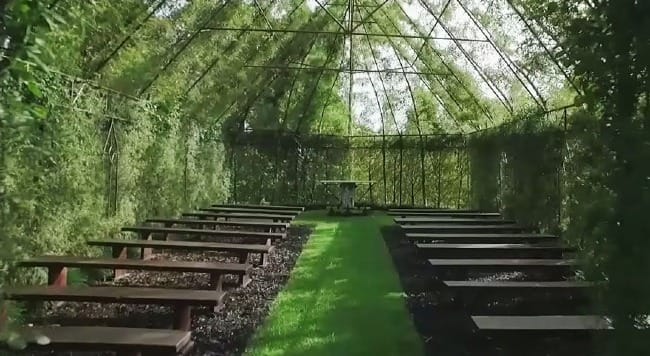
He constructed an iron framework on-site, to train his trees across until they grew together to shape the gabled form of the church. The church was intended, among other things, to display how the use of a tree spade could enable an instant garden. In the case of the Tree Church, Cox had the structure of the church outlined with trees within four years—an achievement which would have taken much longer if he had been planting younger trees for the project rather than transplanting more mature ones.
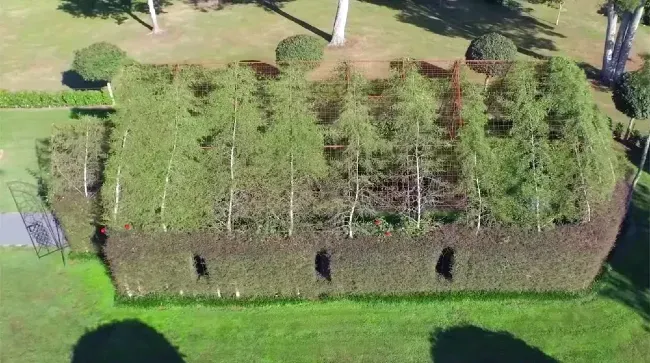
Cox planted a variety of trees on his land with particular uses in mind. He used cut-leaf alder trees, for instance, for the roof because their canopy is thin enough to allow light into the space when the trees are in leaf and, since they are deciduous, allow light through even during the darker months. This light allows the grass to survive and those inside the church to have light enough to see by even in the winter. Also, the flexibility of the cut-leaf alder trunks and branches enable them to be trained to grow over the iron frame, making it possible that they can eventually become the frame of the building, so that the iron frame might even be removed.
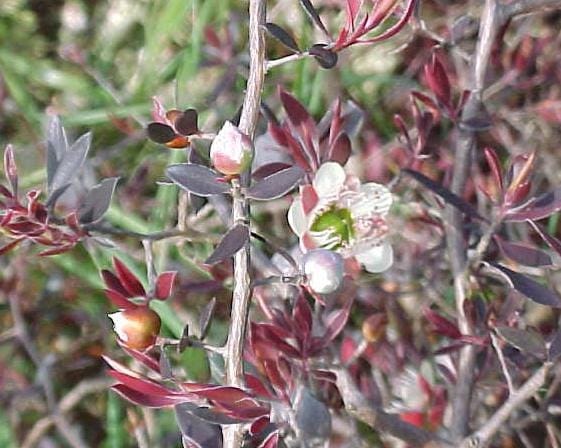
The Australian tea tree called "Copper sheen" was planted to form the walls of the church because of its thick and textured foliage and its reddish color that resembles stonework. The church structure also includes camellia, Norway maple and pyramidal white cedar. Around the top, a rambling rose brings in some romance, with its flowers blooming from October to June.
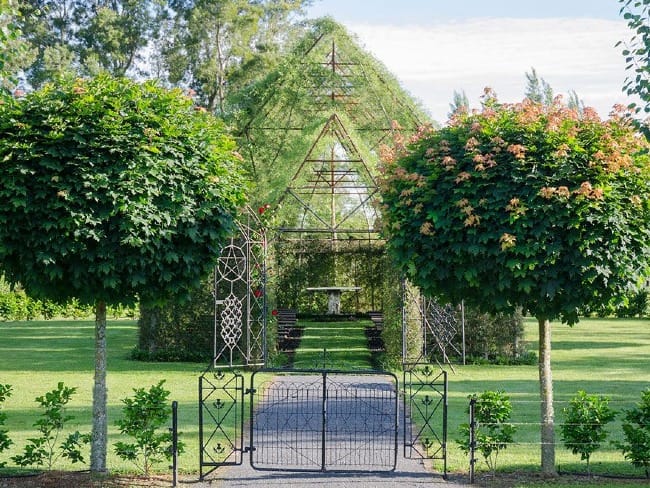
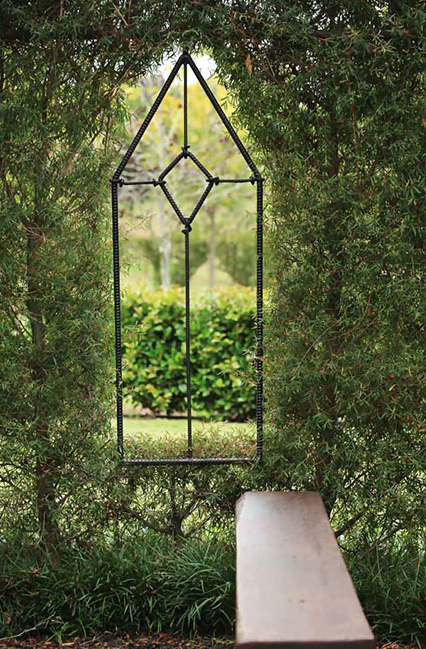
Other pieces of the structure connect directly to Cox personally. He used leftover metal from his workshop to form the wrought iron windows in the sides of the structure, and the front entry gates came from his family's barn in Shannon. The altar at the front was a gift from the Catholic church where Cox was an altar boy, and is made out of marble from Lake Como, Italy, where his ancestors originally came from. The church seats 100 people.
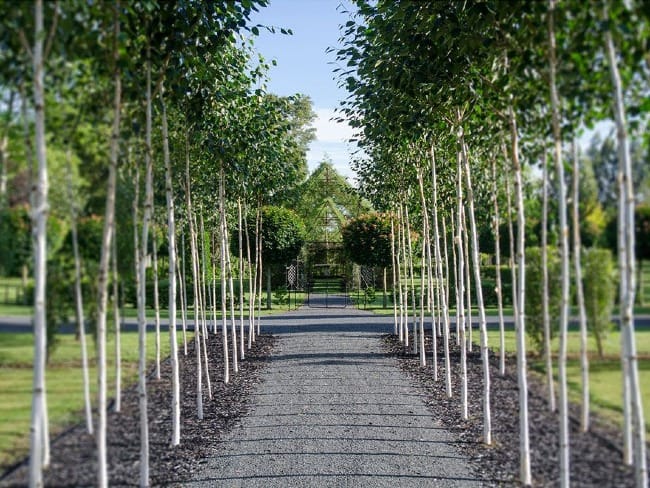
Although Cox built the church for his own personal use, he was eventually convinced to open it to the public, in part by relatives who wanted to use it for their weddings and in part by gardener friends who marveled at what he had created and enjoyed walking around and spending time in the space. As a result, in 2015, he decided to open it up to the public, including as a space for weddings.
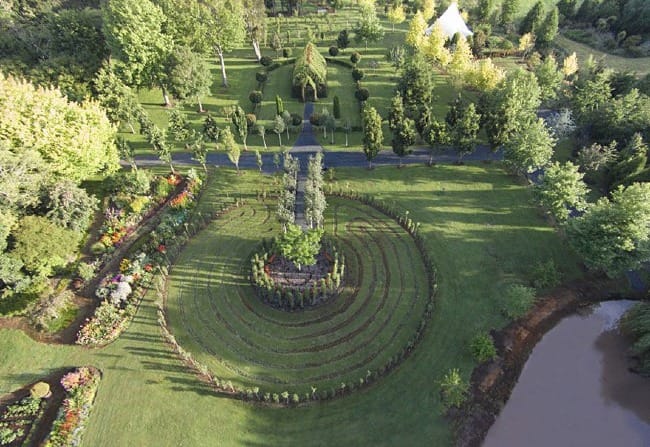
Tending the space takes a lot of time—mowing lawns takes five hours and primping the garden takes at least another three hours in addition the regular maintenance of trimming, cleaning up after windstorms, and all the other work involved in gardening. Just outside the church, a line of Himalayan birch lead to another space designed for contemplation—a labyrinth the Cox created to represent the walls surrounding the ancient city of Jericho. He created the labyrinth in between the different parts of his church project—since unlike bricks or stones, trees require time to grow and be ready to become walls and roofs.
In 2020, he sold it to new owners who had worked with him for four years helping tend the church and the gardens. They continue to carry on the work required to keep it in good shape for visitors and have expansion dreams of their own.
Reflection Question: What thoughts, emotions, and ideas does the tree church evoke in you?
Feel free to comment below or contact me directly at info@circlewood.online.
Louise
